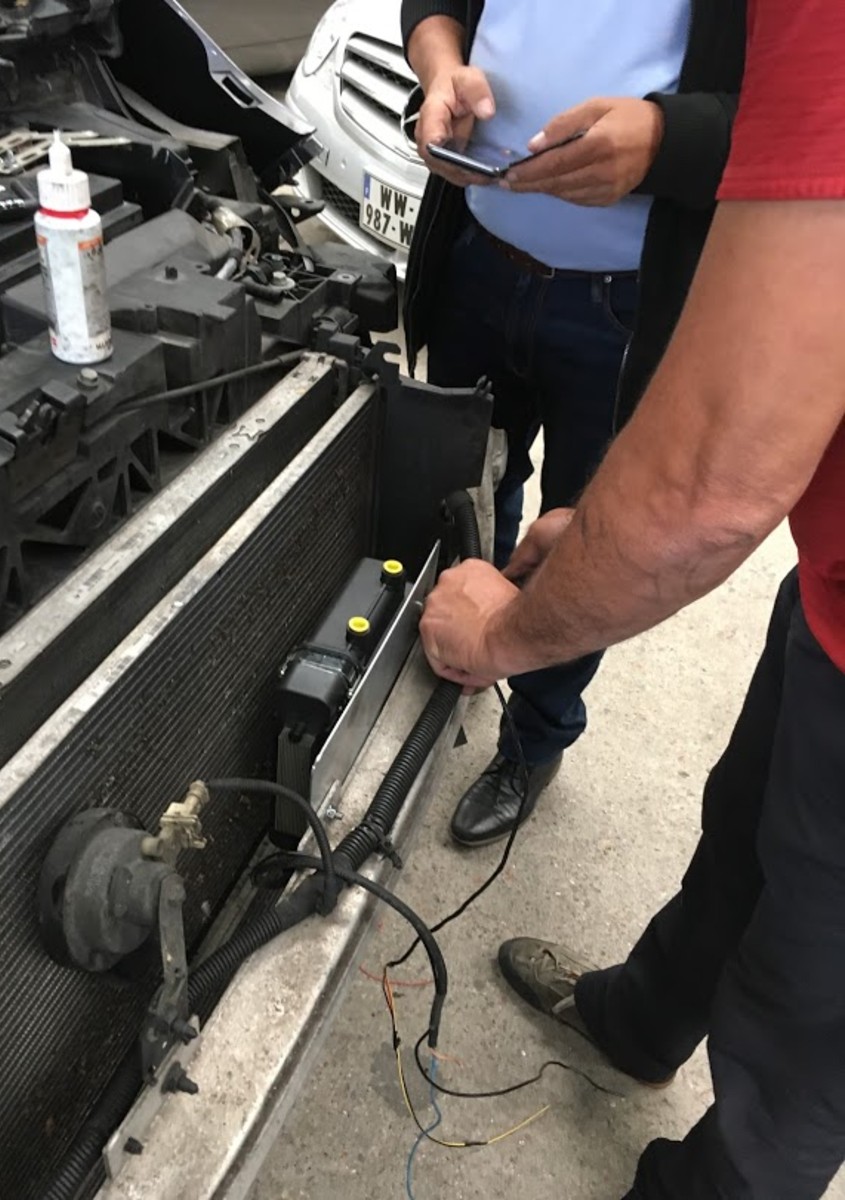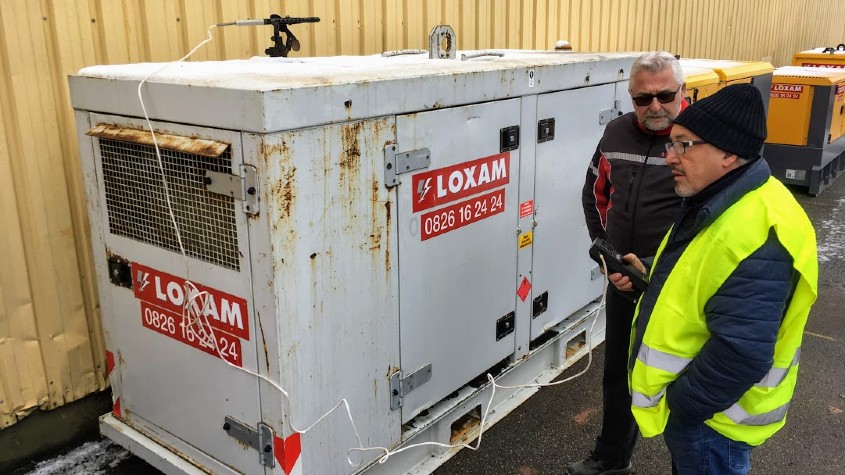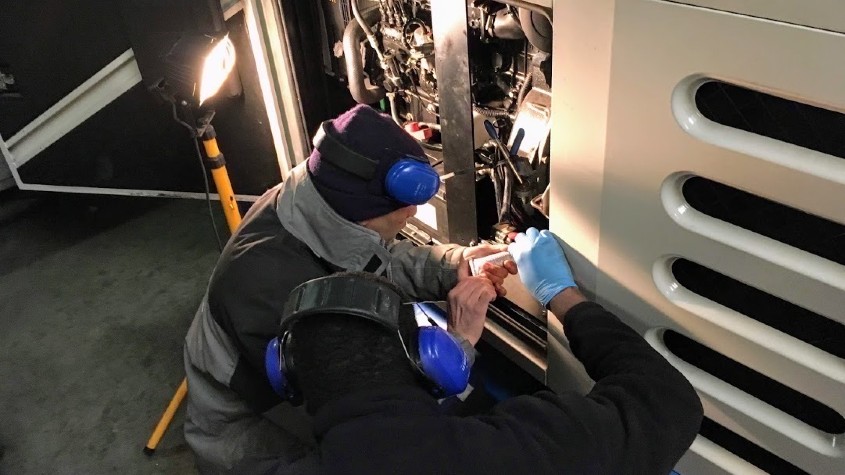Ensuring Cleaner Air One Engine at a Time
April 20, 2020
To mark World Intellectual Property Day 2020 Innovate for a Green Future, WIPO GREEN is showcasing a number of the climate-friendly technologies featured on the WIPO GREEN online database.
According to the World Health Organization (WHO), 91 percent of the world’s population resides in areas where air quality is below the standards recommended by the 2005 WHO Air quality guidelines1.
Every year, 4.2 million deaths are attributed to air pollution. Motor vehicle exhaust emissions are a major source of ambient air pollution, which leads to health and climate hazards.
ANTISMOG, a climate-friendly, open-source process and technology solution developed by Net Sas, a start-up based in France, addresses this challenge. Its solution makes it possible to achieve a reduction of harmful emissions from combustion engines by up to 80 percent. ANTISMOG’s process consists of four steps:

- Step 1: Spectrophotometric gas analysis and opacity measurements are taken to record baseline emissions. A mechanic uses a spectrophotometer or an opacimeter (small devices that analyze the molecular composition and particulate matter present in gas) to measure baseline emissions.
- Step 2: Hydrogen decarbonization.
Oxyhydrogen gas, a mixture of hydrogen (H2) and oxygen (O2), also known as HHO gas, is used to decarbonize the internal mechanisms of the engine and exhaust system. The gas is pumped in large quantities into the running engine while the vehicle is stationary, using a large-volume HHO gas generator. This process “cleans” the vehicle’s internal mechanisms to the maximum extent possible, removing traces of accumulated carbon deposits.
- Step 3: Hydrogen fuel enhancement.
During this key step, a compact, low-power, low-gas-volume electrolyzer2 is installed in the engine compartment. When the engine is running, the device generates a controlled amount of HHO gas, which is then added to the air-fuel mix before combustion. This ensures a more complete and homogeneous fuel combustion, which in turn delivers a significant reduction in particulate matter (PM) and Nitrogen Oxides (NOx) in the vehicle’s emissions. The HHO generator, measuring approximately 20cm x 15cm x 5cm, can be retrofitted to the majority of vehicles, diesel gensets3 , as well as industrial or agricultural equipment, and is particularly suitable for older diesel engines. The device’s lifespan is estimated between 20-40 years, and most parts are recyclable. - Step 4: The final emissions tests are conducted, repeating the first step, to record any reduction in emissions levels from the baseline.
Unlike filters, exhaust gas recirculation valves and selective catalytic reducers, – post-combustion technologies commonly used to reduce emissions – the hydrogen fuel enhancement technology used in the ANTISMOG process is a pre-combustion solution. This allows for more complete fuel combustion, significantly reducing the number of unburned particles and increasing fuel efficiency.
Main benefits

The main benefit of ANTISMOG is the reduction of harmful emissions from vehicle exhaust by up to 80 percent (more specifically, NOx is falls by 55 percent in NOx and particulate matter falls by 95 percent). Other benefits include:
- Fewer mechanical problems associated with diesel particulate filters (DPFs). This is of particular benefit to high-mileage vehicles, such as taxis and long-distance buses;
- Lower vehicle maintenance costs. ANTISMOG generates saving of around 10 percent;
- Improved fuel efficiency of more than 10 percent;
- Installation of ANTISMOG in older vehicles improves their emissions performance bringing them into line with that of newer models.
ANTISMOG is at an early commercialization stage and is available for commercial and research collaboration. At present, with a particular interest in scaling up the impact of its technology, Net Sas is working to establish contractual agreements with vehicle or industrial equipment fleet owners and operators.

Net Sas plans to keep ANTISMOG as an open-source solution, allowing any public or private actor – a municipality or a fleet owner, for example – to implement the process independently. Net Sas is building an online resource library with guides, templates and protocols related to ANTISMOG innovation, which will be available free-of-charge for public use.
The company has registered ANTISMOG as a trademark with the French IP office (The National Institute of Industrial Property (INPI)), and is planning to file patent applications for all ANTISMOG devices, once the project’s initial fundraising round is completed.
About WIPO GREEN
WIPO GREEN is a global marketplace for sustainable technology, supporting global efforts to address climate change. Through its online database and regional activities, WIPO GREEN connects green tech seekers and providers in order to catalyze green innovation and accelerate green tech transfer and diffusion.


